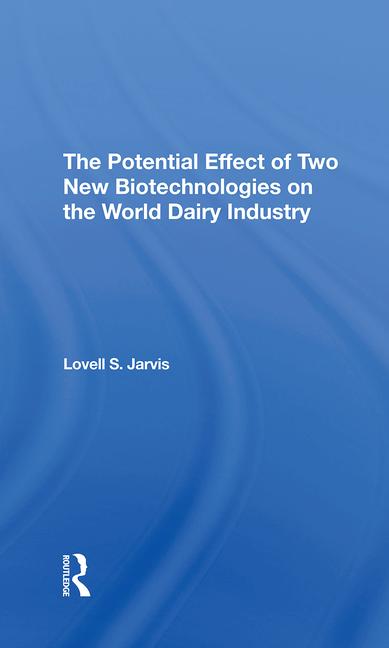
A better approach to dairy and ice cream truck body design objectives, specifications and procurement is to view truck bodies as critical working parts of an integrated cold chain encompassing both distribution and product quality assurance. When viewed in the overall context of delivery productivity, compatibility with material handling and distribution methods, driver safety, and fleet operating and maintenance practices, truck body design and procurement decisions can produce bottom-line benefits far beyond the cheapest acquisition cost.
Traditionally dairy and ice cream truck bodies have been highly customized for the individual fleet user's specific product and operating needs. Those bodies generally were built with heavier duty and high quality specifications to meet long operating service life expectations. They were also built with thicker insulation than the mass-produced reefer bodies. Common practice has been to expect high spec or custom dairy and ice cream bodies to remain in service through at least two truck chassis service life cycles. Bodies were often set up on company books with a longer depreciation than the chassis they were mounted on.
Full-service truck leasing had, until recent years, played a rather small part in dairy and ice cream industry fleet decisions. Full service lessors rely heavily on end-of-lease market values equaling or exceeding the lease's residual value at the end of the term. Those lessors therefore looked for fleets that used somewhat universal body designs and specs. In other words a 16' or 18' medium temp refrigerated body that could just as easily deliver meat, seafood, or produce. Such specifications give the lessor great range of marketability for end-of-lease refrigerated route trucks. Traditional dairy and ice cream truck bodies had little "marketability".
However, dairy and ice cream truck bodies have evolved tremendously over the last 35 or 40 years. That evolution is driven from many directions, not the least of which is product handling. Example-the change in fluid and cultured products handling from wooden and wire cases to plastic and one way corrugated meant that body floors could change from diamond plate steel to aluminum. The shift from cold plate refrigeration to over the road mechanical systems for many fleets meant that route trucks could maintain temperatures for indefinite periods; both improving quality assurance and improving fleet utilization. Route trucks could be "double shifted" and operate on longer more remote delivery routes.
Improvements in foam insulation technology combined with new interior and exterior wall materials have made it possible to reduce body wall thickness while retaining or improving temperature performance. These improvements combined with others have made it possible for many dairy fleets to eliminate electric standby systems on route truck OTR units (thereby reducing weight, initial cost and maintenance cost).
A simultaneous evolution has been taking place in dairy and ice cream route truck material handling practices and body accessories. However for route trucks that's probably happened to a greater degree in dairy than in ice cream delivery. Lift gates are virtually standard practice in dairy route delivery today. Just as with body and refrigeration specifications; lift gate type, capacity and features decisions can result in substantially different initial cost, route productivity performance, driver fatigue and safety and maintenance costs. The lowest-cost lift gate may be the most expensive to maintain, and may offer the lowest levels of productivity while offering minimum protection from fatigue and injury.
Today's dairy and ice cream route truck bodies have far broader "market utility" than ever before. They are capable of delivering a wider range of refrigerated and frozen products than ever before. Those changes have permitted a greater dairy and ice cream market penetration by both full service and finance leasing companies. That said, dairy and ice cream "refrigerated bodies" are still not just "refrigerated truck bodies." You can deliver quality produce in a modern dairy body but you can't deliver quality dairy products in a produce truck body.


